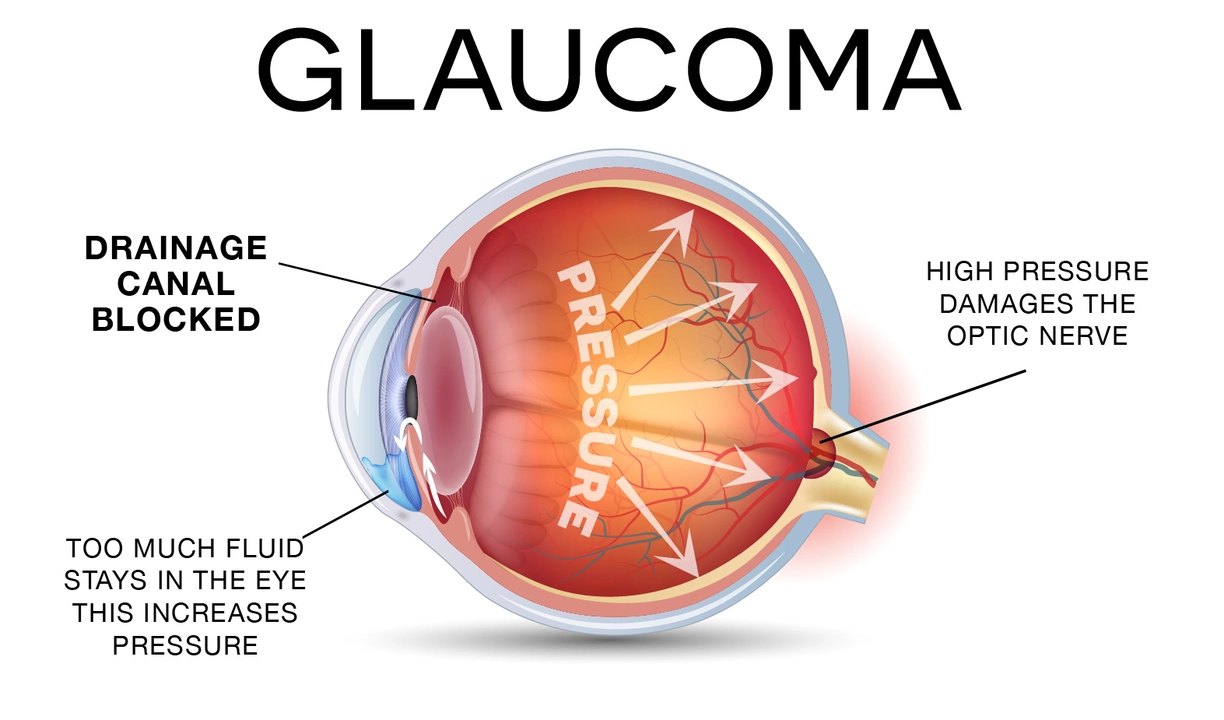Eye condition: common issues and what to do
Eye problems can pop up suddenly or slowly. Some are minor and fix with simple care, others need quick attention to avoid lasting damage. This page collects practical advice so you know when to treat at home and when to see a clinician.
Common eye conditions include dry eye, conjunctivitis (pink eye), allergic eye reactions, styes, corneal abrasions, glaucoma, cataracts, and age‑related macular degeneration. Diabetes and high blood pressure can also cause serious eye disease like diabetic retinopathy. Knowing a few clear signs helps you act fast.
Symptoms to watch
Redness that won’t ease after a day, sudden vision changes, flashes of light, a curtain over part of your sight, severe pain, or intense sensitivity to light are red flags—seek care immediately. Mild itchiness, watering, or brief blurriness that follows a known trigger like allergies can often be handled with over‑the‑counter options and rest. If discharge is thick and colored, that suggests infection and you should see your provider.
If you wear contacts and notice pain, worsening redness, or blurred vision, remove the lenses and contact an eye professional. Contact lens infections can progress fast and need early treatment.
Simple care and next steps
For dry or irritated eyes, try artificial tears (preservative‑free if you use them often), warm compresses, and reduce screen time. For mild allergy symptoms, antihistamine eye drops such as olopatadine can help—follow the label and check with a pharmacist if you’re on other meds. Avoid using leftover prescription drops or sharing eye medications.
Don’t try to treat a suspected scratch or foreign body by rubbing. Rinse gently with sterile saline or clean water and seek evaluation the same day if pain or vision problems persist. For infections like bacterial conjunctivitis, a doctor may prescribe antibiotic drops. Viral infections usually improve on their own but need hygiene measures to avoid spreading.
Regular eye exams catch problems before you notice symptoms. Adults should get a baseline eye exam in their thirties, then routine checks every two years or as recommended. People with diabetes, glaucoma risk, or a family history of eye disease may need more frequent exams.
Keep a simple eye first‑aid kit: sterile saline, preservative‑free artificial tears, a clean compress, and contact solution. Store medicines as directed and check expiry dates. If a provider prescribes an eye drug, follow dosing exactly and report any severe side effects like worsening vision or burning.
Questions about specific medications, allergy drops, or where to buy trustworthy pharmacy products online? Browse articles on this tag for guides, safety tips, and drug comparisons that focus on eye‑related treatments and reputable pharmacy sources.
If you’re unsure about symptoms, take a clear photo of your eye in natural light and show it to a pharmacist or telehealth provider. Note when symptoms started, any recent injuries or new medications, and whether you wear contact lenses. That information helps providers give faster, safer advice and may speed up getting prescriptions when needed. Keep emergency contacts and documents handy.

